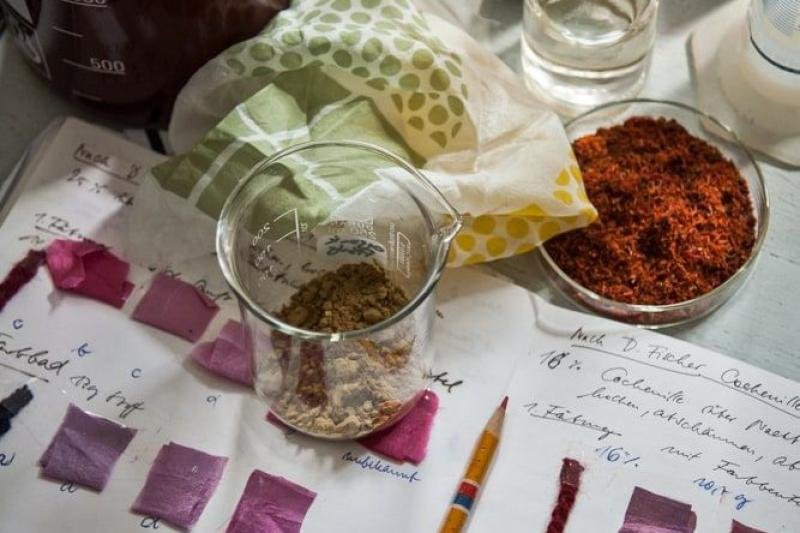Chemicals – Innovation in Fabric Treatment
Chemicals
Essential Chemicals in Fabric Processing
Chemicals are vital in textile manufacturing, enhancing fabric quality, color, and durability. They aid in processes like dyeing, bleaching, and finishing to achieve desired texture and strength. Common chemicals such as reactive dyes, hydrogen peroxide, and formaldehyde improve color fastness and fabric performance. Proper chemical application ensures high-quality textiles while maintaining environmental and safety standards.

Smart chemistry, superior textiles – we use advanced treatments for lasting quality.
Reactive Dyes
Reactive dyes are highly effective for coloring natural fibers like cotton, forming a strong chemical bond with the fabric. They offer excellent wash fastness, vibrant shades, and long-lasting durability. Widely used in the textile industry, reactive dyes ensure high-quality, fade-resistant fabric finishes.
Formaldehyde Chemicals
Formaldehyde is a chemical used in textile finishing to enhance wrinkle resistance and durability. It helps fabrics retain their shape, reduces shrinkage, and improves overall fabric performance. However, its usage is regulated due to potential health and environmental concerns.
Sodium Hydroxide
Sodium Hydroxide (Caustic Soda) is widely used in textile processing, especially in the mercerization of cotton fabrics. It enhances fabric strength, luster, and dye absorption, improving overall quality. This chemical is essential for achieving smooth, durable, and high-performance textiles.
Hydrogen Peroxide
Hydrogen Peroxide is a powerful bleaching agent used in textile processing to remove impurities and brighten fabrics. It provides a uniform base for dyeing while being an eco-friendly alternative to chlorine bleach. This chemical ensures fabric whiteness, enhances color vibrancy, and maintains fiber strength.
